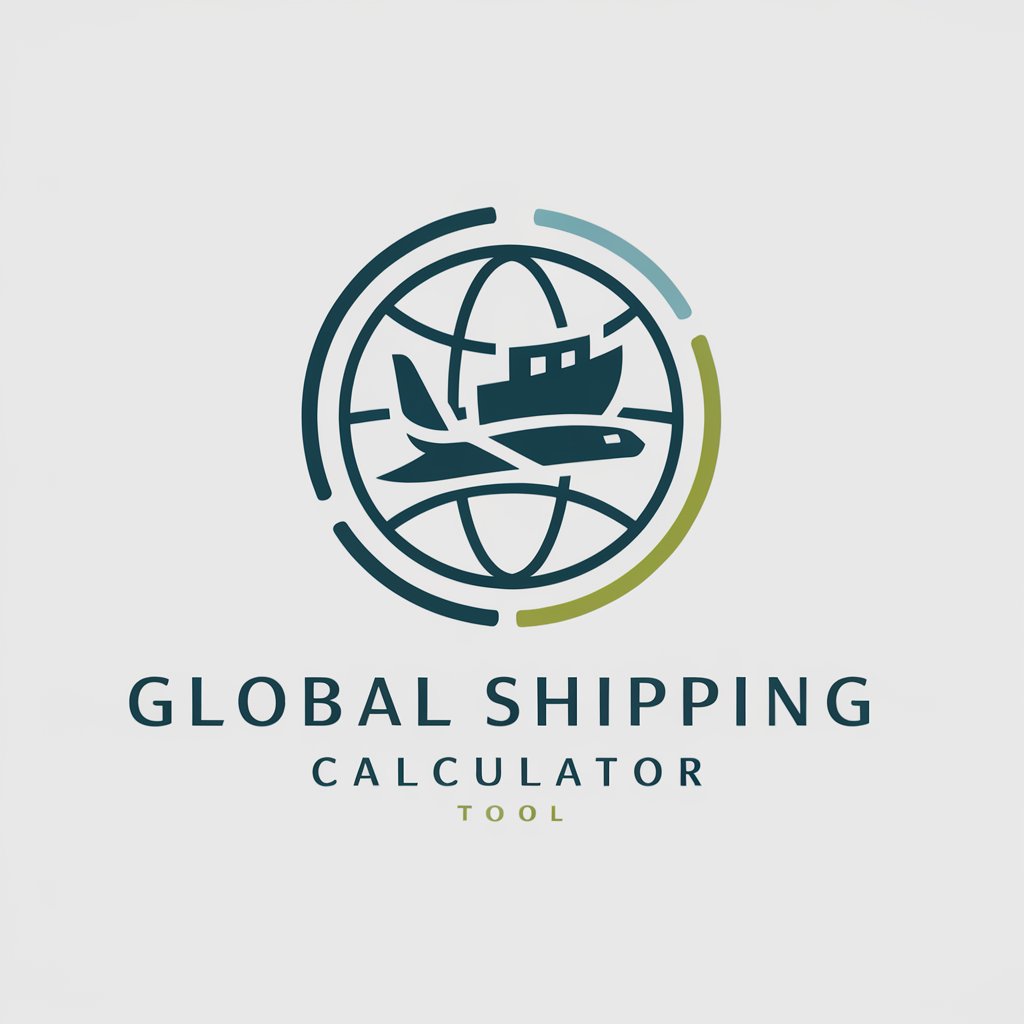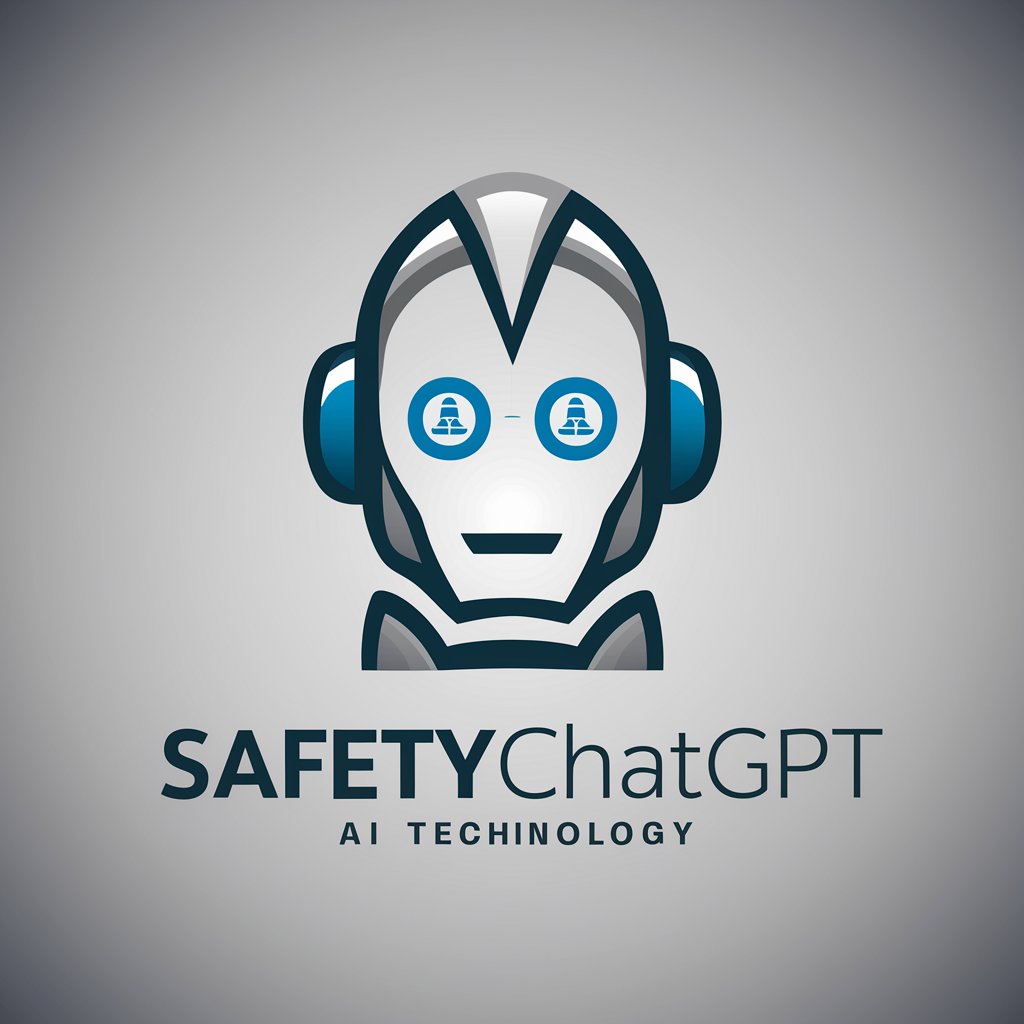8 GPTs for Hazardous Materials Powered by AI for Free of 2025
AI GPTs for Hazardous Materials refer to advanced generative pre-trained transformer models specifically designed to handle tasks and topics related to hazardous materials management. These tools leverage the power of AI to provide tailored solutions for the identification, handling, storage, and disposal of dangerous substances. By analyzing vast amounts of data, they offer precise recommendations, ensuring safety and compliance with regulations. The relevance of these GPTs lies in their ability to transform complex, hazardous material data into actionable insights, making them indispensable in industries dealing with such materials.
Top 8 GPTs for Hazardous Materials are: Air Purifying Respirators (APR) Expert,FireAid,化工安全工程师,OCT Quote Assistant,ERG Assistant,AA Shipping Calculator,SafetyChatgpt,SOP Author
Air Purifying Respirators (APR) Expert
AI-driven Respirator and Filter Advisor

FireAid
Empowering firefighters with AI-driven scenarios

化工安全工程师
Empowering Chemical Safety with AI

OCT Quote Assistant
AI-powered, precise shipping estimations.

ERG Assistant
AI-powered emergency hazmat guidance.

AA Shipping Calculator
AI-Powered, Global Shipping Simplified

SafetyChatgpt
AI-Powered OSHA Compliance Assistant

SOP Author
Crafting Safety, Streamlining Workflows

Unique Attributes of AI GPTs in Hazardous Materials Management
AI GPTs for Hazardous Materials are distinguished by their adaptability, precision, and comprehensive knowledge base. They can interpret complex chemical data, predict hazardous reactions, and suggest safety protocols. Special features include natural language processing for simplifying technical documentation, real-time data analysis for quick decision-making, image recognition for identifying unlabeled hazardous materials, and integration capabilities with existing safety management systems. These tools are designed to evolve with new data, ensuring they remain at the forefront of hazardous materials management.
Who Benefits from AI GPTs in Hazardous Materials?
These tools cater to a wide audience, including safety officers, environmental engineers, chemical manufacturers, and logistics managers. They are accessible to novices in the field, offering user-friendly interfaces for easy interaction, while also providing advanced customization options for experts with programming skills. This dual approach ensures that regardless of the user's technical background, they can leverage AI GPTs to enhance safety and efficiency in handling hazardous materials.
Try Our other AI GPTs tools for Free
Asbestos Removal
Discover AI-powered tools for asbestos removal, designed to enhance safety and efficiency in asbestos management through advanced analysis and tailored solutions.
Dust Protection
Discover how AI GPTs revolutionize dust protection with advanced analysis, prediction, and management strategies. Tailored for diverse users, from novices to professionals.
Vapor Filtration
Discover how AI GPTs revolutionize vapor filtration with tailored solutions, enhancing research, design, and system optimization.
Regression Testing
Discover how AI GPTs for Regression Testing revolutionize software testing with automated, intelligent solutions for enhancing quality and efficiency.
Social Organization
Explore how AI GPTs for Social Organization revolutionize community engagement, research, and policy-making with advanced AI technology.
Cosmic Dating
Explore the universe with AI GPTs for Cosmic Dating, innovative tools designed to simulate, predict, and visualize cosmic phenomena, making cosmology accessible to everyone.
Expanding the Role of AI in Hazardous Materials Safety
AI GPTs represent a significant advancement in hazardous materials management, offering solutions that are not only reactive but also proactive. They enhance safety protocols, reduce the risk of accidents, and ensure regulatory compliance through continuous learning and adaptation. Their ability to integrate with existing systems and workflows, coupled with user-friendly interfaces, makes them an essential component in the future of hazardous materials safety.
Frequently Asked Questions
What are AI GPTs for Hazardous Materials?
AI GPTs for Hazardous Materials are specialized AI tools designed to manage and process information related to hazardous substances, providing safety guidelines, compliance measures, and handling instructions.
How do these tools adapt to new hazardous material regulations?
They continuously learn from new data, including updated regulations and industry standards, ensuring that the guidance provided remains current and comprehensive.
Can non-technical users operate these AI tools effectively?
Yes, these tools are designed with user-friendly interfaces that allow non-technical users to access advanced AI capabilities without needing coding skills.
How do these tools integrate with existing safety management systems?
They offer API and software integration options, allowing seamless incorporation into existing safety protocols and management systems.
Are there customization options available for specific industry needs?
Yes, they offer extensive customization options, enabling users to tailor the tools to meet the specific requirements of their industry or company.
What kind of data analysis capabilities do these GPTs offer?
They can analyze chemical data, safety reports, and regulatory documents, providing insights into potential hazards and recommending safety measures.
Can AI GPTs predict hazardous chemical reactions?
Yes, by leveraging data analysis and machine learning, they can predict potential chemical reactions and advise on preventive measures.
How do these tools enhance safety in the workplace?
By providing accurate, up-to-date information on hazardous materials, these tools help prevent accidents and ensure compliance with safety regulations.